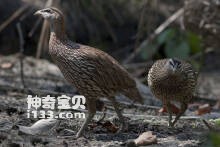
Pternistis bicalcaratus
Pternistis bicalcaratus,Double-spurred Francolin
The Double-spurred Francolin (Pternistis bicalcaratus) has three subspecies.···
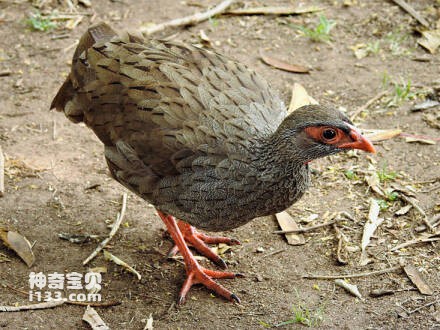
Pternistis atrifrons
Pternistis atrifrons,Black-fronted Francolin
The Black-fronted colored partridge (Pternistis atrifrons) is known as black···
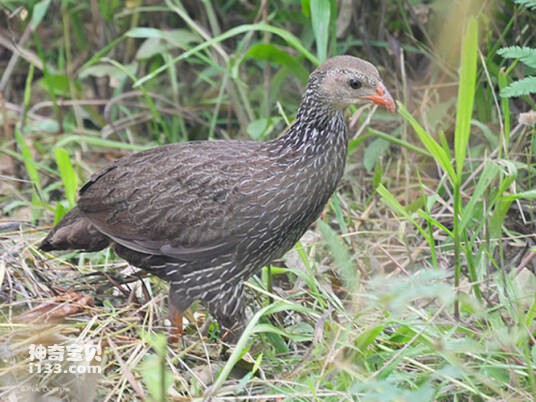
Pternistis ahantensis
Pternistis ahantensis,Ahanta Francolin
The brown top coloured partridge (Pternistis ahantensis) is known as Ahanta ···
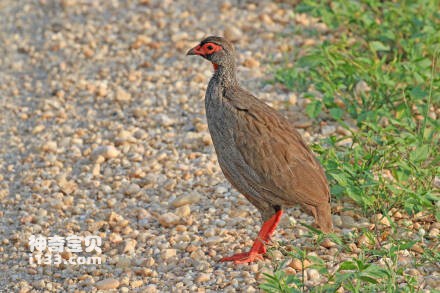
Pternistis afer
Pternistis afer,Red-necked Francolin
The red-throated colored partridge (Pternistis afer) is known as Red-necked ···
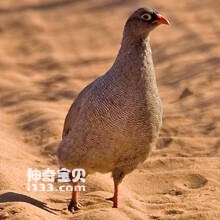
Pternistis adspersus
Pternistis adspersus,Red-billed Francolin
The Red-billed Francolin (Pternistis adspersus) has two subspecies. It's···

Polyplectron schleiermacheri
Polyplectron schleiermacheri,Bornean Peacock-pheasant
The Bornean Peacock pheasant (Latin name: Polyplectron schleiermacheri) is a···
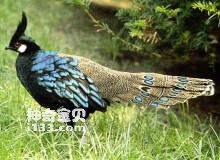
Polyplectron napoleonis
Polyplectron napoleonis,Palawan Peacock-pheasant
Polyplectron napoleonis (formerly Polyplectron emphanum), also known as the ···
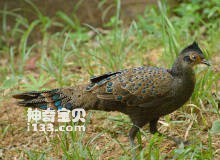
Polyplectron malacense
Polyplectron malacense,Malay Peacock-pheasant
The Malay Peacock pheasant (Polyplectron malacense) is a medium sized pheasa···
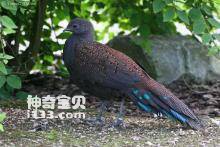
Polyplectron inopinatum
Polyplectron inopinatum,Mountain Peacock Pheasant
Polyplectron inopinatum, Mountain Peacock Pheasant often live alone or in pa···
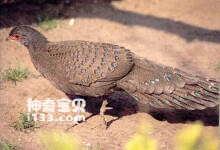
Polyplectron germaini
Polyplectron germaini,Germain's Peacock-pheasant
Polyplectron germaini is a medium sized pheasant. Endemic to Indochina Penin···

Polyplectron chalcurum
Polyplectron chalcurum,Bronze-tailed Peacock Pheasant
Polyplectron chalcurum, foreign name Bronze-tailed Peacock Pheasant, often l···
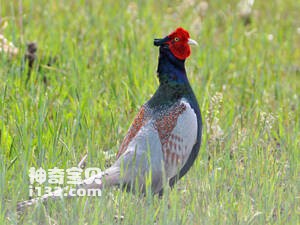
Phasianus versicolor
Phasianus versicolor,Green Pheasant
The Green Pheasant (Phasianus versicolor) is a species endemic to Japan, and···
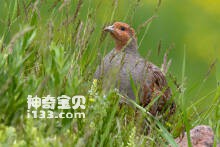
Perdix perdix
Perdix perdix,Grey Partridge
Grey Partridge (Perdix perdix) is known as Grey Partridge and has eight subs···

Tibetan Partridge
Tibetan Partridge,Perdix hodgsoniae
Alpine Partridge (Perdix hodgsoniae) is a Tibetan Partridge with four subspe···
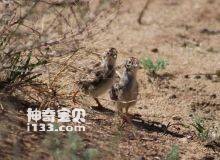
Perdix dauurica
Perdix dauurica,Daurian Partridge
Partridge (Perdix dauurica) is known as Daurian Partridge and has three subs···
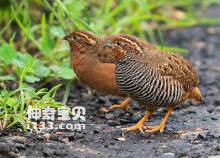
Perdicula manipurensis
Perdicula manipurensis,Manipur Bush-quail
The Assamese Bush quail (Perdicula manipurensis) is known as Manipur Bush-qu···
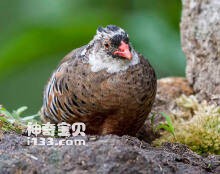
Perdicula erythrorhyncha
Perdicula erythrorhyncha,Painted Bush-quail
Perdicula erythrorhyncha, also known as Painted Bush-quail, has two subspeci···

Perdicula asiatica
Perdicula asiatica,Jungle Bush-quail
The Jungle Bush-quail (Perdicula asiatica) has five subspecies.Tubs usually ···
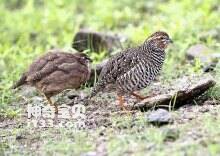
Perdicula argoondah
Perdicula argoondah,Rock Bush-quail
Rock Bush-quail (Perdicula argoondah) has three subspecies. Usually gathers ···
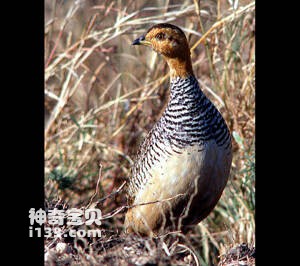
Peliperdix schlegelii
Peliperdix schlegelii,Schlegel's Francolin
The chestnut throat forest Partridge (scientific name: Peliperdix schlegelii···
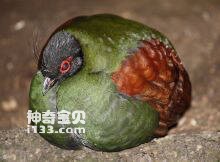
Francolinus lathami
Francolinus lathami,Forest Francolin
The Forest partridge Francolinus lathami, which lives in pairs or small grou···
